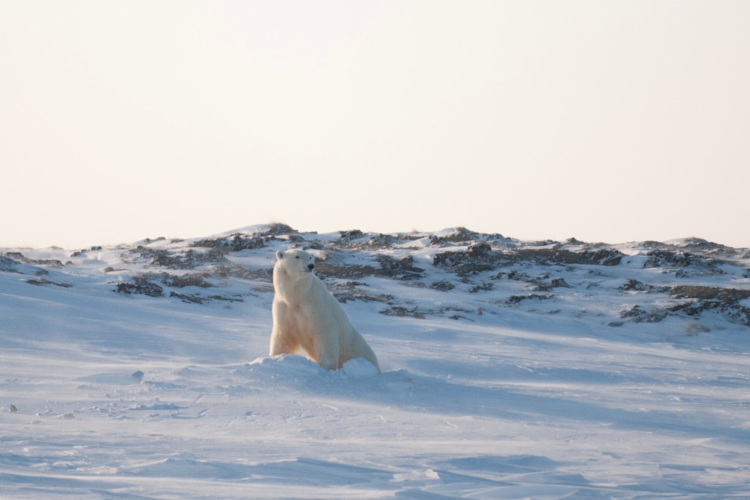Polar Bears International estimates that the total world population of polar bears is approximately 26,000, all concentrated in the northern and Arctic regions of Canada, Alaska, Greenland, Svalbard and Russia. In a research article published in 2022 in the American Association for the Advancement of Science’s Science Advances journal, it was estimated that “nearly 2% of all fishing gear, comprising 2963 km2 of gillnets, 75,049 km2 of purse seine nets, 218 km2 of trawl nets, 739,583 km of longline mainlines, and more than 25 million pots and traps are lost to the ocean annually.” That’s a hell of a lot of what is referred to as “ghost gear” abandoned out there in the oceans. Considering just the fishing nets alone, that equates to an area the same size as the country of Panama. And while there are no reliable estimates for how many polar bears might perish each year from being entangled in abandoned fishing nets, there are numerous reports of the impact of abandoned fishing nets on other species, including the vaquita porpoise in the Gulf of Mexico, which has been driven to near extinction (as of last year, it is estimated that just ten individuals remain.)
I could only find a small handful of published reports of polar bears becoming entangled in fishing nets. One incident occurred in 2015, when a polar bear was found entrapped in an abandoned fishing net on a small barrier island in the Beaufort Sea off Alaska. With the help of local residents and U.S. authorities, it was freed and released back into the wild. In a 2014 report, two bears, in separate incidents, were successfully freed from net entanglements in and around Spitsbergen in Svalbard. There may be other reports, I just haven’t found them. My point is that unless a human is present to witness the event, it won’t be recorded as a statistic. Had we not been there on this day, it is likely no one would have known about it.






















